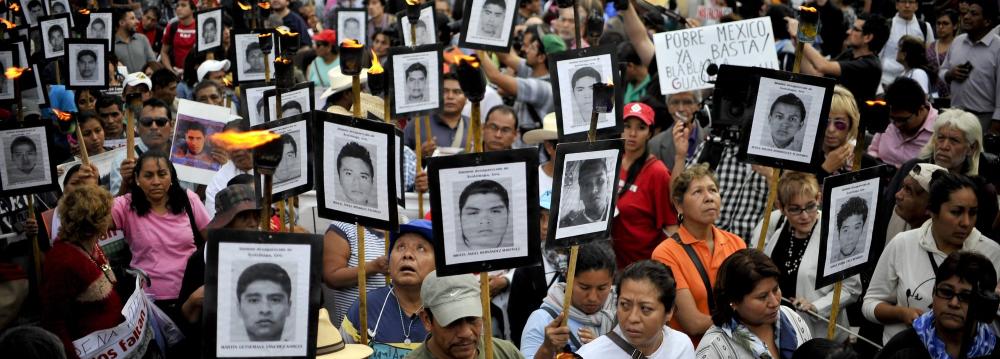Within weeks of the September 2014 disappearance of 43 college students, Mexican authorities had rounded up scores of suspects and announced they had solved the case.
At a hastily called news conference, prosecutors showed video of drug gang members confessing to taking the students from police, then slaughtering them and incinerating the bodies at a junkyard and dumping the evidence in a river, AP reported.
Two independent, international teams of experts subsequently cast doubt on the official investigation. Now, the government case has suffered another blow: Accusations of torture.
In previously unseen court documents obtained by AP, 10 of the suspects described a chillingly similar script: First the questions, then the punches, electric shocks and partial asphyxiations with plastic bags; then, finally, the threats to kill their loved ones unless they confessed to stories that backed up the government’s line.
Some said they were given planted evidence or prefabricated stories to support the government’s conclusions.
Medical reports published last month by the Inter-American Human Rights Commission appear to confirm the allegations of torture. Of the 10 case files obtained by AP, the group reviewed five, and it found credible evidence of torture in all of them.
“They were giving me electric shocks in the testicles and all over my body,” one of the suspects, Patricio Reyes Landa, a gang member who was detained a month after the students vanished, told a judge in July, according to the documents obtained by AP.
“All this time, it was about two and a half hours, I was blindfolded and they were hitting me. A person came up and took off my blindfold and showed me a photo of my family—my two daughters, my wife and my brother,” he said.
“He said if I didn’t do everything they told me to, they were going to rape my daughters. ... I told them I was going to do everything they asked.”
Reyes Landa’s testimony is crucial to the government case because he was among the first to confess to killing the students and burning their bodies at a dump in the town of Cocula, before their charred remains were tossed in the nearby San Juan River.
Apart from those confessions and a single bone fragment that was linked through DNA testing to one of the students, the prosecution has almost no other evidence.
Under Mexican law, a confession obtained by torture is not admissible in court.
The widely-held belief that Mexican security forces use torture in drug crime investigations was reinforced by video, the authenticity of which was confirmed by the army, of an unrelated case circulated on social media last month.
It showed a female soldier and a federal police officer interrogating a young woman while they smothered her with a plastic bag until she nearly passed out.


